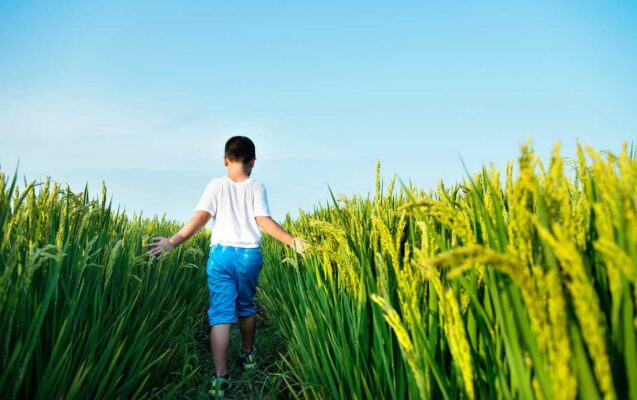
New research shows that since modern crop varieties were introduced in the developing world starting in 1961, they have substantially reduced infant mortality, especially for male babies and among poor households.

New research shows that since modern crop varieties were introduced in the developing world starting in 1961, they have substantially reduced infant mortality, especially for male babies and among poor households.
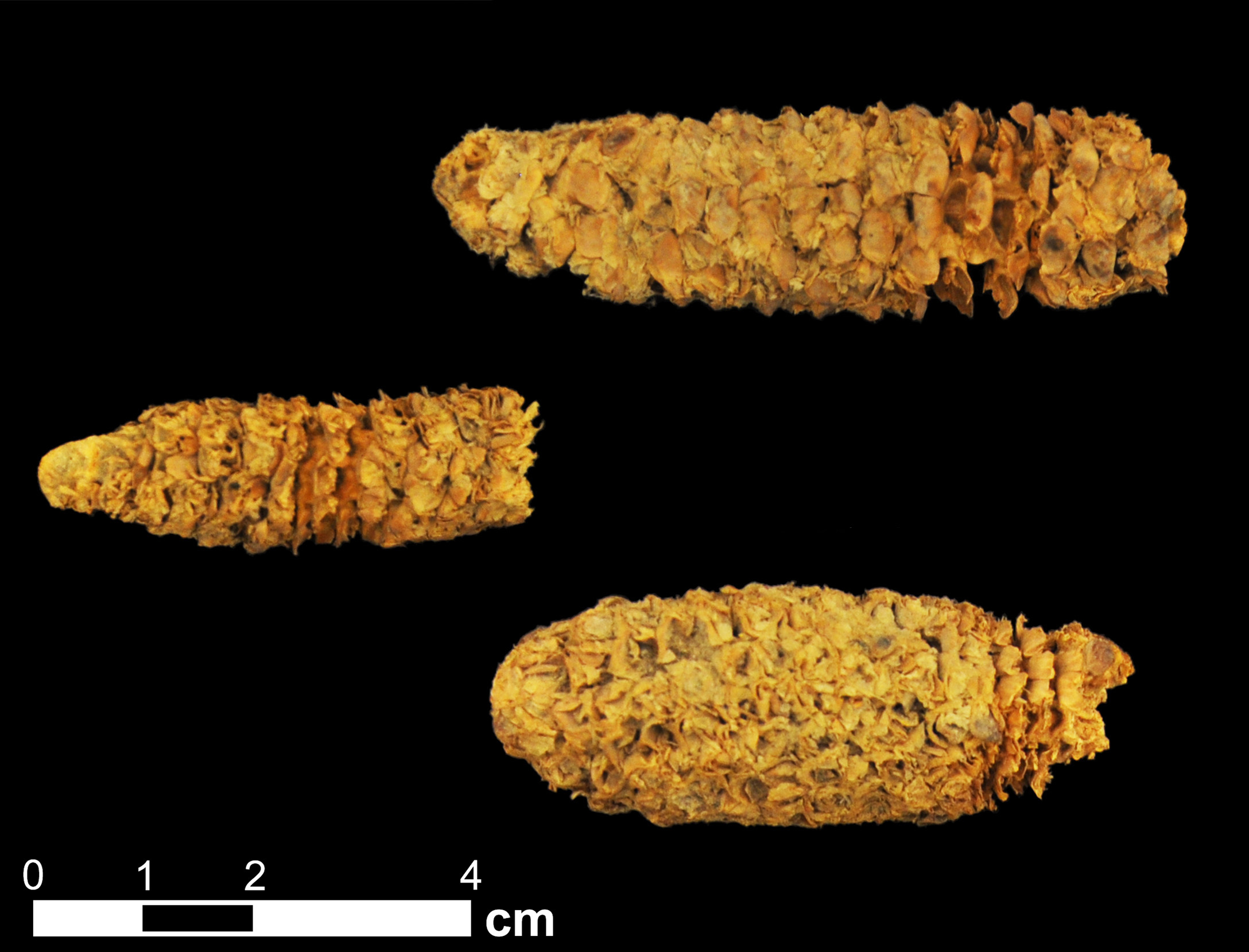
Some 9,000 years ago, corn as it is known today did not exist. Ancient peoples in southwestern Mexico encountered a wild grass called teosinte that offered ears smaller than a pinky finger with just a handful of stony kernels. But by stroke of genius or necessity, these Indigenous cultivators saw potential in the grain, adding it to their diets and putting it on a path to become a domesticated crop that now feeds billions.
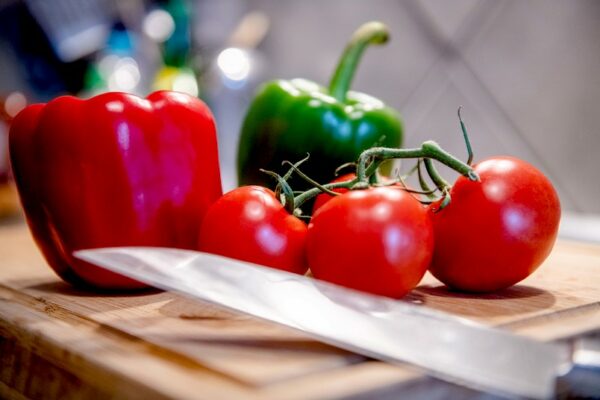
Bright red, tasty and healthy, that’s how we know and love bell peppers. A research team has deciphered in detail at the protein level what makes them turn red as they ripen. At the heart of the project are the so-called plastids, typical plant cell organelles in which chlorophyll is broken down and carotenoids are produced as the fruit ripens. Visually, this transformation is clearly visible in the colour change from green to orange or red.

The genetic material of plants, animals and humans is well protected in the nucleus of each cell and stores all the information that forms an organism. In addition, cells contain small organelles that contain their own genetic material. These include chloroplasts in plants. But is the genetic material actually permanently stored within one cell?
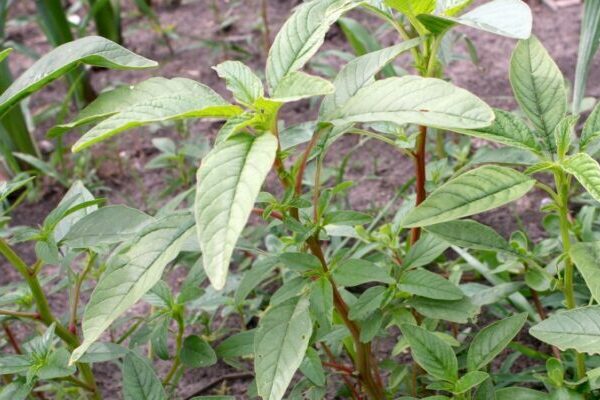
Scientists are getting closer to finding the genes for maleness in waterhemp and Palmer amaranth, two of the most troublesome agricultural weeds in the U.S. Finding the genes could enable new “genetic control” methods for the weeds, which, in many places, no longer respond to herbicides.

Researchers found wild relatives of sorghum in higher concentrations in Australia than anywhere else; the plants have potential to combat drought and extreme heat, but they need urgent safeguarding.
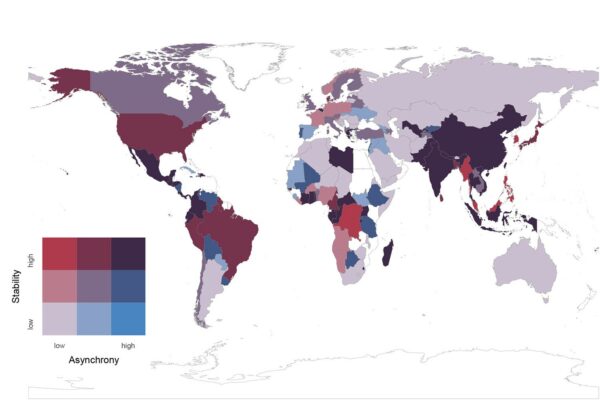
Securing food supplies around the globe is a major challenge facing humanity, especially in light of the predicted increase in the world’s population to almost ten billion people by 2050 and the effects of climate change. Greater crop diversity in agriculture is seen as a stabilising factor for food security. Yet crop diversity alone is not sufficient.
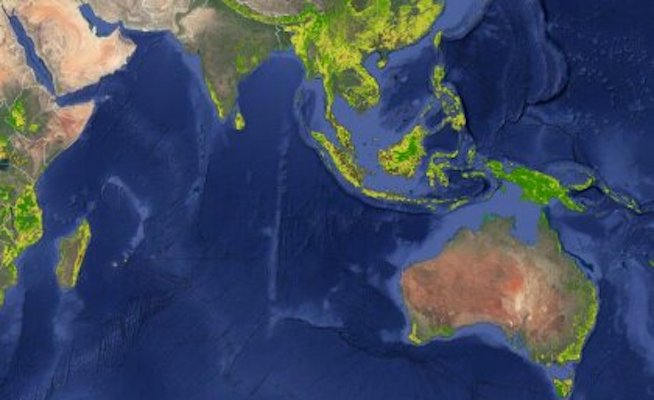
Only 40 per cent of forests are considered to have high ecological integrity, according to a new global measure, the Forest Landscape Integrity Index. This index has been created by 47 forest and conservation experts from across the world
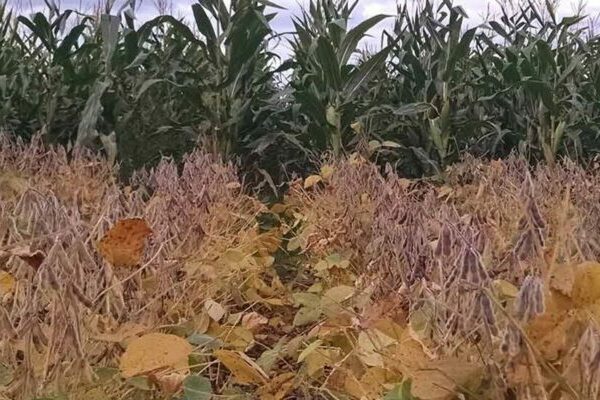
Sudden death syndrome (SDS) is a devastating disease that afflicts soybean crops, causing annual losses in U.S. soybean yields in excess of $274 million dollars. New research shows that the trick to surviving the disease might be a matter of timing when to mount a defense response.
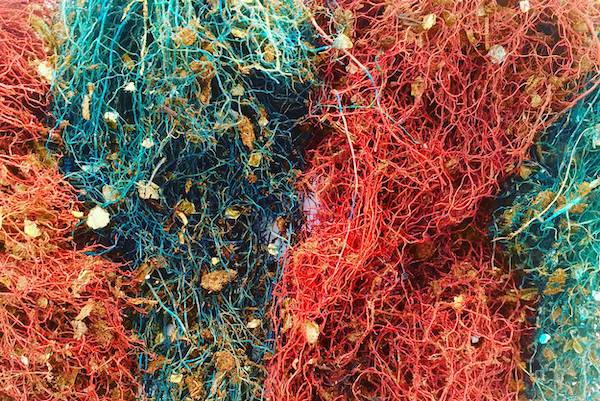
You might have observed plants competing for sunlight — the way they stretch upwards and outwards to block each other’s access to the sun’s rays — but out of sight, another type of competition is happening underground. In the same way that you might change the way you forage for free snacks in the break room when your colleagues are present, plants change their use of underground resources when they’re planted alongside other plants.